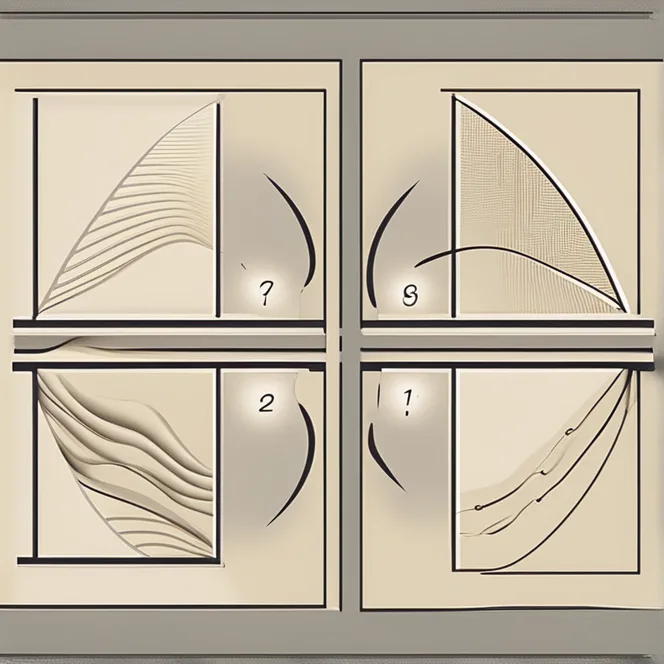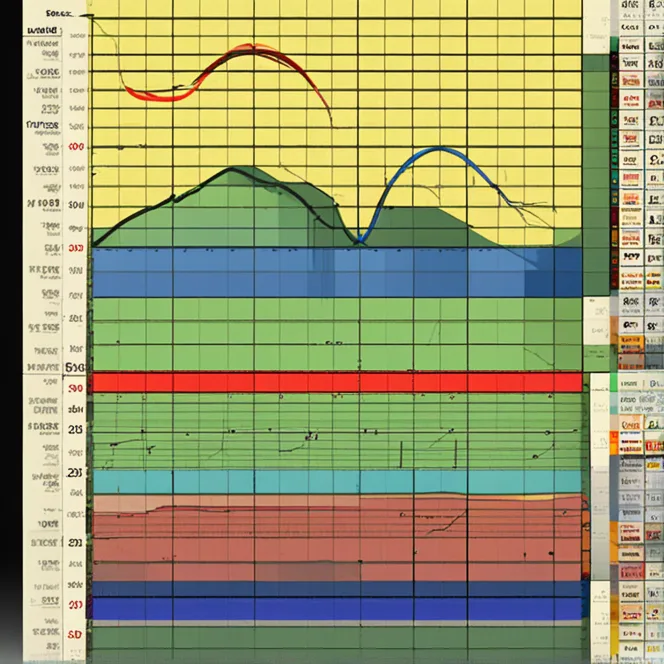
Navigating Biorhythm Cycles
Explore the concept of biorhythms, their cycles, and examples of how they influence our daily lives.
article by Adrian Wallace
Biorhythms are an intriguing concept suggesting that our lives are influenced by natural physiological cycles. Historically, these rhythms have been thought to affect our physical, emotional, and intellectual well-being. The theory of biorhythms originated in the late 19th century with Dr. Wilhelm Fliess, a colleague of Sigmund Freud, who believed that human life has predictable patterns. The idea was later developed by Hermann Swoboda and Dr. Alfred Teltscher, who proposed that these cycles begin from the moment of birth and continue throughout our lives. Understanding biorhythms can be both a fascinating and insightful journey into the ebbs and flows of human capabilities.
The Three Primary Cycles
The theory of biorhythms is based upon three primary cycles: the 23-day physical cycle, the 28-day emotional cycle, and the 33-day intellectual cycle. The physical cycle is thought to influence our strength, health, and physical sensations, possibly explaining why some days we feel physically robust and other days, weaker. The emotional cycle purportedly affects mood, creativity, and perception, which can illuminate the unpredictable swings in our feelings and emotional state. The intellectual cycle is believed to impact our thinking, alertness, and ability to process information, which may clarify why on certain days, problem-solving and concentration seem effortless, and on others, more challenging.

Examples in Daily Life
Consider a day when you wake up feeling energetic, tackle a complicated project with unusual clarity, and navigate sensitive interpersonal interactions with ease. According to biorhythm theory, such a day might occur when your physical, emotional, and intellectual cycles are all in a high or positive phase. Conversely, a day where you feel physically weak, emotionally sensitive, and intellectually foggy could signify that your cycles are lining up in a low or negative phase. Athletes might plan their training schedule around their physical cycle, while a student might align studying for exams with a peak intellectual phase.

Charting Biorhythms
One practical aspect of biorhythms involves charting these cycles to predict high and low phases. Software and online calculators are available for those interested in mapping their biorhythms, which typically require only a birth date to create a personal cycle chart. Proponents of biorhythms use these charts to plan critical activities, avoid potential accidents during physical downswings, or engage in important discussions during high emotional periods. While scientific support for biorhythms is lacking, many individuals find the process of charting and observing cycles to be a useful self-awareness tool.

Considerations and Criticism
It's important to note that mainstream science considers biorhythms a pseudoscience due to the lack of empirical evidence supporting their influence. Critics argue that any correlations between biorhythms and life events are purely coincidental and that the human body's functions are far too complex to be boiled down to simple cyclical patterns. Nonetheless, biorhythm enthusiasts argue that even if it's the placebo effect, being mindful of one's own cycles can foster a greater understanding of personal patterns and behaviors.
Biorhythms Application
Those who incorporate biorhythm theory into their lives often cite improved decision-making and better understanding of their personal strengths and weaknesses throughout the month. Some users suggest starting with a journal to track daily activities, emotional states, and intellectual challenges alongside a biorhythm chart to draw their own conclusions. Biorhythms may not be scientifically proven, but for some, they offer a unique lens through which to view self-care and personal development.
Published: 12/12/2023
Modified: 12/12/2023
More predictions
Come back here soon to learn more about yourself and your future


The Convergence Of Biorhythms & Astrology
Explore the intriguing world of biorhythm astrology and how it amalgamates personal rhythms with astrological insights for life guidance.


Exploring The Reality Of Biorhythms
Unveil the science and skepticism behind biorhythms as we explore their validity and impact on human life.


Is Biorhythm A Real Phenomenon?
Explore the validity of biorhythms as we delve into scientific scrutiny and cultural beliefs regarding our biological cycles and their supposed impact on our daily lives.